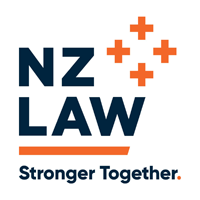Your Resources
KiwiSaver And Homeowners – What Are The Options?
There are three aspects of KiwiSaver (designed particularly with homeowners in mind) that will be of particular interest to homeowners or those contemplating buying a home in the future.
Mortgage Diversion
For many homeowners their priority is repaying the mortgage. The reasoning behind this approach is clear and quite simple. If your mortgage is costing you 10% in interest it makes good sense to pay it off before using income for some other form of investment (e.g. KiwiSaver). It is also driven to some extent by increases or decreases in mortgage interest rates.
It is easy to see why a homeowner paying 10% per annum on a home loan of, say $250,000, would be focused on repaying that loan as quickly as possible. A person in that position might well be discouraged from joining KiwiSaver because of a desire to use as much of their disposable income as possible on mortgage repayments.
To address this concern KiwiSaver includes “Mortgage Diversion”. Mortgage Diversion allows a KiwiSaver member to divert up to half of their KiwiSaver contributions towards mortgage repayments. If your KiwiSaver contributions are set at 4% of your pay then half of the amount can be diverted to mortgage repayments. Homeowners, however, need to bear in mind the following conditions:
- Not all KiwiSaver providers offer “Mortgage Diversion”.
- You must be a member of KiwiSaver for more than 12 months before you can take advantage of Mortgage Diversion.
- Employer contributions (if any) can not be used for Mortgage Diversion.
- Government contributions (the $1,000 start up and annual tax credits) can not be used for Mortgage Diversion.
- Mortgage Diversion is not available to be used in relation to investment properties or holiday homes.
- Some types of mortgages are excluded (for example, revolving credit mortgages).
Mortgage Diversion can continue until your mortgage is paid off. Homeowners with mortgages would do well to regularly review their KiwiSaver contributions and mortgage payments.
It will usually just be a matter of “doing the math” i.e. “Am I financially better off having all contributions going to my KiwiSaver account or would it be better to use Mortgage Diversion?”
Withdrawals From KiwiSaver To Buy Your First Home
In certain circumstances KiwiSaver members can withdraw savings from KiwiSaver to buy a first home (in some very limited circumstances homeowners buying a subsequent home may be eligible). This part of the scheme is designed to address concerns that contributing to KiwiSaver will make it less likely that members will be able to afford to buy their own home. Important points to note about this aspect of the scheme are:
- You must be a member of KiwiSaver for at least three years;
- You must be buying your first home (ie not an investment property, holiday home or – except in certain circumstances – a second home);
- You will be able to withdraw your own contributions to KiwiSaver and employer contributions but not government contributions.
First Home Deposit Subsidy
A third aspect of the KiwiSaver scheme designed to assist first home buyers is the first home deposit subsidy.
At present the first home subsidy will be a maximum of $5,000 for each member. Therefore a couple who are both KiwiSaver members could qualify for a subsidy of up to $10,000. There are conditions relating to the first home deposit subsidy and the eligibility criteria has not yet been finally determined.
This part of KiwiSaver does not become available to 2009 and before then Housing New Zealand will be reviewing eligibility criteria.








 Top
Top